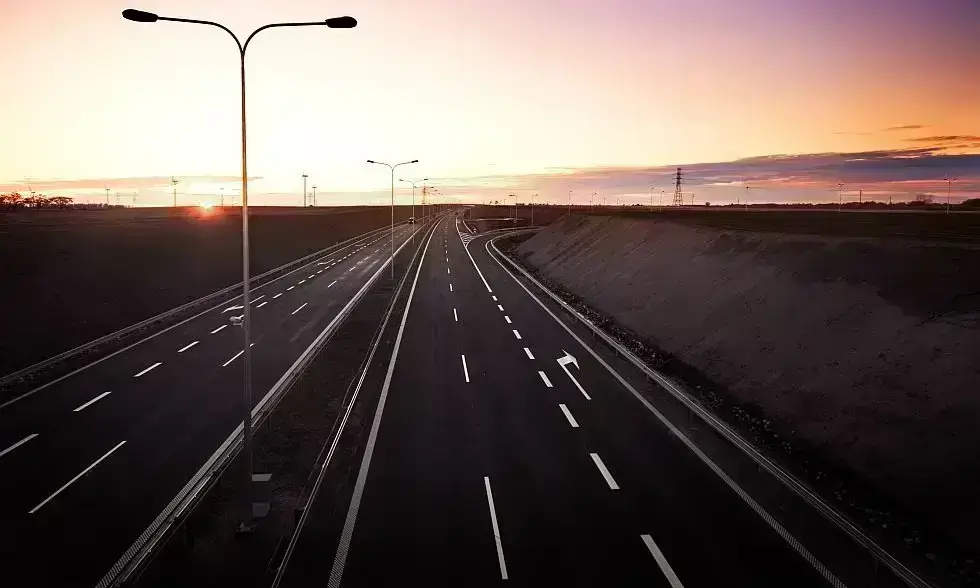The use of motorways and expressways in Hungary requires an e-vignette. The road toll must be purchased in the form of an electronic e-vignette, definitely before entering the motorway. The monitoring of the vignettes is carried out with fixed cameras and mobile control cameras. In this system, the length of the toll road network is approximately 1400 km.
Budapest is the traffic center of Hungary, as motorways, expressways, and main roads alike start from here. The motorways are marked with the letter M followed by a number. The M marking is equivalent to indicating that only motorized vehicles can travel on the motorways.
M0 motorway: a ring connecting the motorways surrounding Budapest, encircling the capital. Its length is 79 km.
- serves as a role to relieve heavy transit traffic passing through Budapest
- connects radial national motorways, expressways, and main roads
- functions as a collector-distributor for expressways and motorways
- facilitates traffic between the districts of the capital and nearby towns
M1 motorway: located on the route between Budapest and Austria. Connects Vienna with Budapest and is a part of the E60 European commercial route. After Hegyeshalom it joins the Austrian A4 motorway.
M2 motorway: Direct access from Budapest to Slovakia is possible through Vác. The currently constructed part of the M2 expressway connects Budapest with Vác and is part of the E77 European main route. It has two lanes per direction between Budapest and Vác-south.
M3 motorway: runs on the Budapest-Miskolc-Nyíregyháza-Ukraine route. The M3 motorway connects the northeastern region with Budapest. Currently, the M3 operates between Budapest and Vásárosnamény, with two lanes per direction and an emergency lane each. Important branches are the M25 to Eger, the M30 to Miskolc, and the M35 to Debrecen; the planned branch is the M49 in the direction of Satu Mare and Baia Mare.
M4 motorway: route Budapest-Szolnok-Romania. The M4 expressway (including the M35 motorway connection) is being built between Budapest and the Nagykereki Romanian-Hungarian borderline partly parallel with main roads 4 and 42 on the route of Cegléd – Szolnok – Karcag – Püspökladány – Berettyóújfalu – Nagykereki – Oradea, creating a connection with the North Transylvanian A3 motorway.
M5 motorway: runs on the Budapest-Szeged-Serbia route. Its main purpose is to connect Szeged with the Hungarian and Serbian capitals, or rather to connect the two capitals, touching Szeged as well.
M6 motorway: follows the Budapest-Dunaújváros-Pécs-Croatia route. In Hungary, it heads south along the right bank of the Danube, creating a direct link between Budapest and Pécs. Four tunnels were built on the section from Dunaújváros through Szekszárd to Bóly. The motorway itself heads towards Pécs from Bóly, under the name M60 motorway.
M7 motorway: Budapest-Siófok-Croatia: The M7 motorway is Hungary's oldest motorway, establishing a link between Budapest, Lake Balaton, and the southwestern Hungarian-Croatian border. The kilometer numbering of the motorways starting from Budapest begins at the 0 km stone located at the Buda bridgehead of the Chain Bridge.
The official Hungarian e-vignette 2024 is available for purchase here in the shop.









